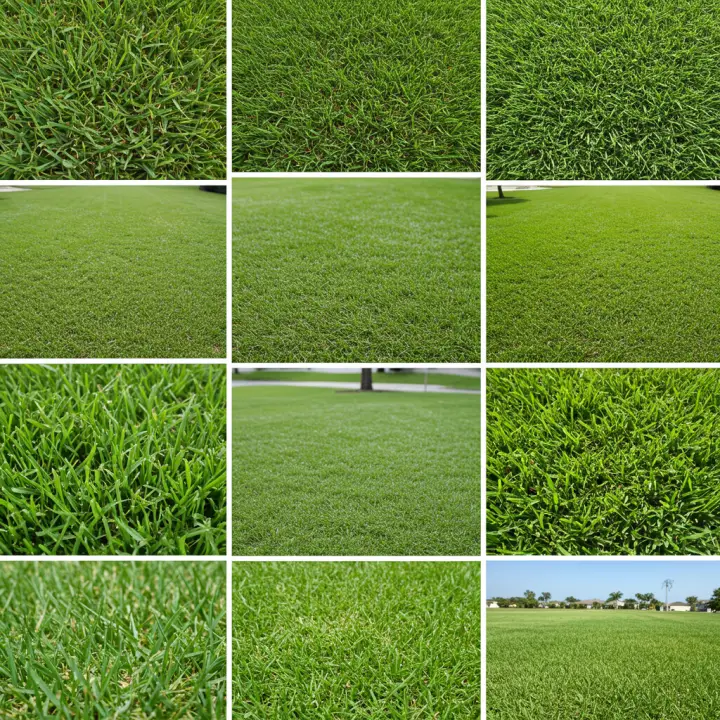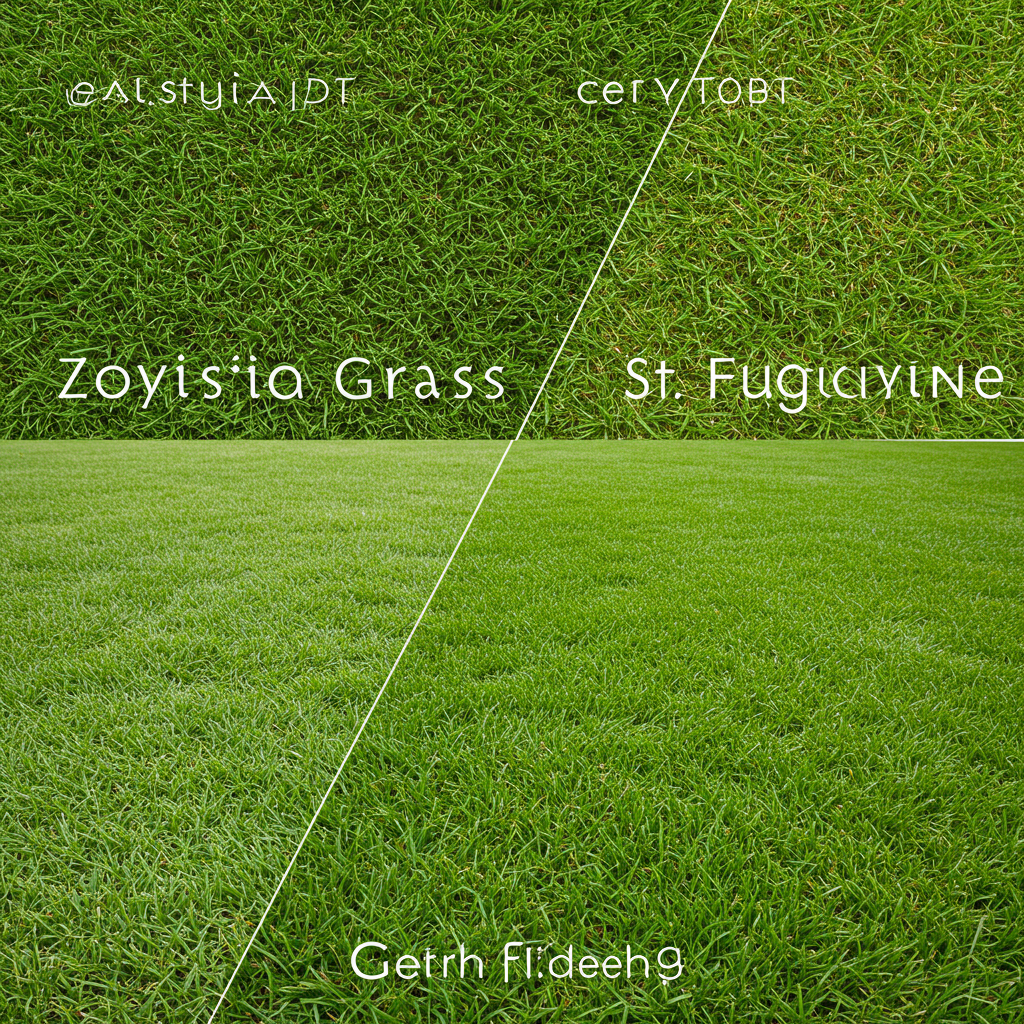Choosing the best Florida grass for your lawn can be challenging given the state’s diverse climate. This ultimate guide provides a comprehensive overview of popular grass varieties, helping you make an informed decision based on your specific needs and location in Florida.
A beautiful, thriving lawn is a Florida homeowner’s dream. But achieving that dream requires choosing the right grass type. This guide navigates you through the world of Florida turf, covering everything from popular varieties and their specific needs to maintenance tips and common problems.

Understanding Florida’s Climate and Your Lawn
Florida’s unique climate plays a crucial role in determining the right grass type. From the humid subtropical conditions of South Florida to the more temperate northern regions, understanding your local climate is the first step to a healthy lawn.
North Florida Grass Options
North Florida experiences milder winters and hotter, more humid summers. This region benefits from warm-season grasses that can tolerate occasional cold snaps.
St. Augustinegrass: A popular choice known for its shade tolerance and thick texture.
Zoysiagrass: A durable, wear-resistant grass that thrives in full sun.
Bahiagrass: A low-maintenance option ideal for larger properties.
Centipedegrass: A slow-growing, low-maintenance grass that prefers acidic soil.
Central Florida Grass Options
Central Florida’s transitional climate allows for a wider range of grass types. Both warm-season and some cool-season grasses can survive, although warm-season varieties are generally preferred.
St. Augustinegrass: Remains a popular option due to its versatility.
Zoysiagrass: Continues to be a strong choice for its durability.
Bermudagrass: A fast-growing, heat-tolerant grass ideal for high-traffic areas.
South Florida Grass Options
South Florida’s tropical climate necessitates heat and humidity-tolerant grasses.
St. Augustinegrass: Dominates the South Florida landscape.
Bahiagrass: Remains a good choice for its low-maintenance needs.
Seashore Paspalum: A salt-tolerant grass option for coastal properties.
Choosing the Right Grass for Your Needs
Beyond climate considerations, other factors contribute to selecting the best Florida grass for your specific needs:
Sun Exposure
Full Sun: Zoysia, Bermuda, and Bahiagrass thrive in full sunlight.
Partial Shade: St. Augustine is more shade-tolerant.
Foot Traffic
High Traffic: Zoysia and Bermuda are durable and wear-resistant.
Low Traffic: Centipede and St. Augustine require less maintenance.
Maintenance Requirements
Low Maintenance: Bahiagrass and Centipedegrass are relatively low-maintenance options.
High Maintenance: St. Augustinegrass may require more frequent fertilization and pest control.
Salt Tolerance
For coastal properties, Seashore Paspalum offers excellent salt tolerance.
Maintaining Your Florida Lawn
Once you’ve chosen the perfect grass, proper maintenance is essential for a lush, healthy lawn.
Watering
Deep, infrequent watering encourages deep root growth. Water early in the morning to minimize evaporation.
Fertilizing
A regular fertilization schedule provides essential nutrients for optimal growth. Soil testing can determine the appropriate fertilizer and application rates.
Mowing
Mow at the correct height for your grass type to prevent stress and disease. Sharpen mower blades regularly for a cleaner cut.
Pest and Disease Control
Regular inspection and prompt treatment of pests and diseases are crucial for maintaining a healthy lawn. Consult with a local lawn care professional for specific recommendations.
Common Florida Lawn Problems and Solutions
Even with proper care, Florida lawns can face some common challenges:
Chinch Bugs: These pests feed on grass blades, causing brown patches. Treat with insecticides.
Brown Patch: This fungal disease thrives in warm, humid conditions. Proper watering and fungicide applications can help control brown patch.
Weeds: Utilize pre-emergent and post-emergent herbicides to control weeds.
Nutrient Deficiencies: Regular soil testing and fertilization can prevent and address nutrient deficiencies.
FAQs: Best Florida Grass
Q: What is the most drought-tolerant grass for Florida?
A: Bahiagrass is known for its excellent drought tolerance.
Q: Which grass type is best for shady areas in Florida?
A: St. Augustinegrass offers good shade tolerance.
Q: What is the fastest-growing grass in Florida?
A: Bermudagrass is typically the fastest growing.
Q: How often should I fertilize my Florida lawn?
A: Fertilization frequency depends on the grass type and specific conditions, but generally every 6-8 weeks is appropriate.
Q: How can I prevent chinch bugs in my lawn?
A: Proper lawn maintenance practices, such as proper watering and fertilization, can help prevent chinch bugs. Insecticides may be necessary for severe infestations.
Conclusion
Choosing the best Florida grass requires careful consideration of various factors, including your local climate, sun exposure, maintenance preferences, and specific needs. By understanding the characteristics of different grass varieties and following appropriate maintenance practices, you can achieve a beautiful, healthy, and enviable lawn that enhances your Florida home. Remember, consulting with a local lawn care expert can provide further personalized recommendations and ensure your lawn flourishes year-round.

